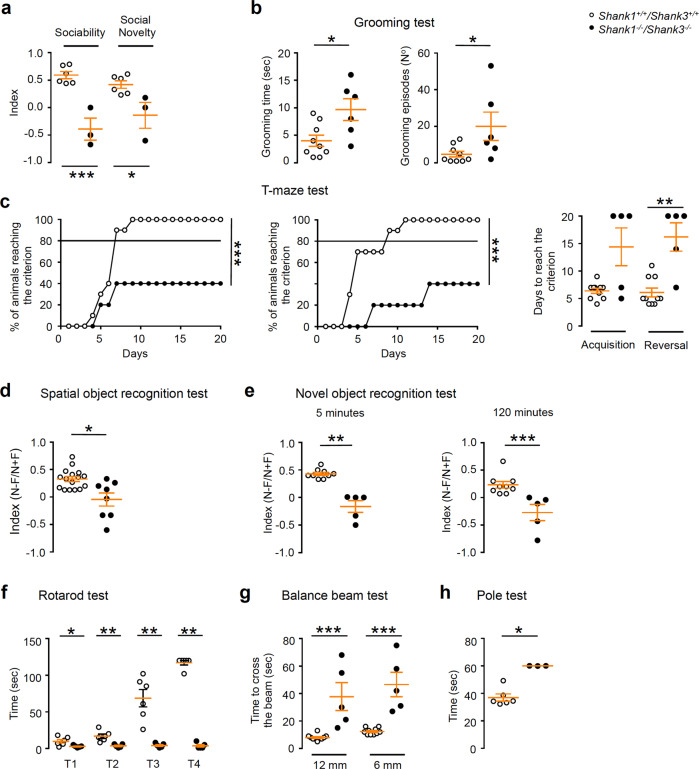Fig. 2. Shank1−/−Shank3−/− double KO mice exhibit syndromic ASDs-like behavior.
a Impaired social interaction of Shank1−/− Shank3−/− DKO in three-chamber assays. Unpaired, two-tailed student’s t-test. was used for statistical analysis; n = 6 WT, n = 3 DKO; *p < 0.05; ***p < 0.001. b Significantly increased repetitive grooming behavior in Shank1−/− Shank3−/− DKO compared to WT mice. Grooming time were analyzed by unpaired, two-tailed student’s t-test; grooming episodes were analyzed by two-tailed Mann–Whitney test; n = 9 WT, n = 6 DKO; *p < 0.05. c, Shank1−/− Shank3−/− DKO mice required more days to achieve the criterion than WT mice both during the acquisition and the reversal phase of the T-maze. The percentage of animals reaching the criterion were analyzed by unpaired, two-tailed student’s t-test with Welch’s correction for the acquisition phase; the reversal phase was analyzed by two-tailed Mann–Whitney test. Days to reach the criterion analyzed by two-tailed Mann–Whitney test; n = 10 WT, n = 5 DKO; **p < 0.01; ***p < 0.001. d Spatial memory is evaluated by determining a discrimination index in the spatial object recognition test. Unpaired, two-tailed student’s t-test with Welch’s correction was used for statistical analysis; n = 16 WT, n = 8 DKO; *p < 0.05. e Shank1−/− Shank3−/− DKO mice show an impairment in novel object recognition at both 5 and 120 min inter-trial intervals compare to WT. Novel object recognition at 5 min was analyzed by unpaired, two-tailed student’s t-test with Welch’s correction; Novel object recognition at 120 min was analyzed by two-tailed Mann–Whitney test; n = 9 WT, n = 5 DKO; **p < 0.01; ***p < 0.001. f Shank1−/− Shank3−/− DKO mice show impaired motor coordination in the rotarod test. All pvalues were derived using two-tailed Mann–Whitney test; n = 6 WT, n = 5 DKO; *p < 0.05; **p < 0.01. g Shank1−/− Shank3−/− DKO are impaired in the balance beam test. Two-tailed Mann–Whitney test was used for the statistical analysis; n = 10 WT, n = 5 DKO; ***p < 0.001. h During the pole test Shank1−/− Shank3−/− DKO spend more time than WT mice to complete the task. Data were analyzed by two-tailed Mann–Whitney test; n = 6 WT, n = 3 DKO; *p < 0.05.

